over-watered gasteraloe
Desert_Rosin
11 years ago
Featured Answer
Sort by:Oldest
Comments (17)
pirate_girl
11 years agolast modified: 9 years agoDesert_Rosin
11 years agolast modified: 9 years agoRelated Professionals
Manorville Landscape Architects & Landscape Designers · Brookside Landscape Contractors · Broadlands Landscape Contractors · Ellensburg Landscape Contractors · Garland Landscape Contractors · Hampton Bays Landscape Contractors · Hilo Landscape Contractors · Mission Viejo Landscape Contractors · San Pedro Landscape Contractors · Tewksbury Landscape Contractors · Wallingford Landscape Contractors · West Orange Landscape Contractors · New Carrollton Landscape Contractors · Lauderdale Lakes Landscape Contractors · Mount Sinai Interior Designers & Decoratorspirate_girl
11 years agolast modified: 9 years agotapla (mid-Michigan, USDA z5b-6a)
11 years agolast modified: 9 years agoDesert_Rosin
11 years agolast modified: 9 years agogoddess9
11 years agolast modified: 9 years agoteengardener1888
11 years agolast modified: 9 years agoteengardener1888
11 years agolast modified: 9 years agocactusmcharris, interior BC Z4/5
11 years agolast modified: 9 years agostonesriver
11 years agolast modified: 9 years agoDesert_Rosin
11 years agolast modified: 9 years agobrodyjames_gw
11 years agolast modified: 9 years agoplantomaniac08
11 years agolast modified: 9 years agoDesert_Rosin
11 years agolast modified: 9 years agotapla (mid-Michigan, USDA z5b-6a)
11 years agolast modified: 9 years agostonesriver
11 years agolast modified: 9 years ago
Related Stories
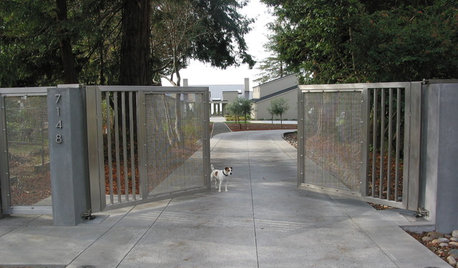
GARDENING AND LANDSCAPINGHouzz Tour: Indoor-Outdoor Harmony Over the Pacific
Landscaping for Wind, Water, Earth, Sky ... and Bocce Ball and Pizza Oven
Full Story
GARDENING GUIDESGreat Design Plant: Anemone Canadensis Adds Pizzazz to Water’s Edges
Plant Canadian anemone along pond, lake or stream edges for a splash of white flowers in late spring
Full Story
GARDENING GUIDESGarden Myths to Debunk as You Dig This Fall and Rest Over Winter
Termites hate wood mulch, don’t amend soil for trees, avoid gravel in planters — and more nuggets of garden wisdom
Full Story
KITCHEN DESIGNUsing White Marble: Hot Debate Over a Classic Beauty
Do you love perfection or patina? Here's how to see if marble's right for you
Full Story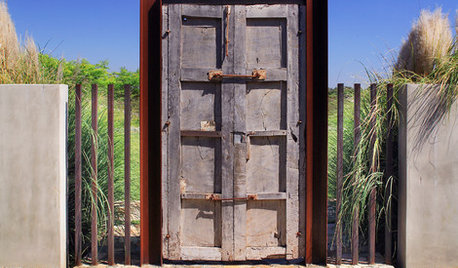
MATERIALSMesquite: The Brawny Beauty for All Over the Home
Denser than other hardwoods and sporting beautiful coloration, mesquite makes a fine material for flooring, countertops, furniture and more
Full Story
KITCHEN DESIGNSo Over Stainless in the Kitchen? 14 Reasons to Give In to Color
Colorful kitchen appliances are popular again, and now you've got more choices than ever. Which would you choose?
Full Story
REMODELING GUIDESConcrete Driveways: Poring Over the Pros and Cons
Concrete adds smooth polish to driveways and a sleek look to home exteriors, but here are the points to ponder before you re-surface
Full Story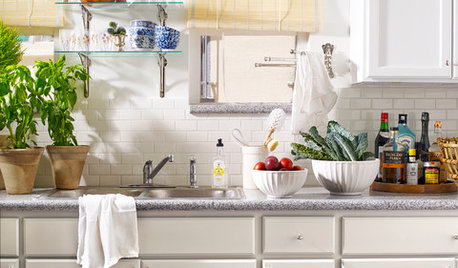
KITCHEN DESIGNKitchen of the Week: Making Over a Rental for About $1,500
Fresh paint, new hardware, added storage, rugs and unexpected touches breathe new life into a Los Angeles apartment’s kitchen
Full Story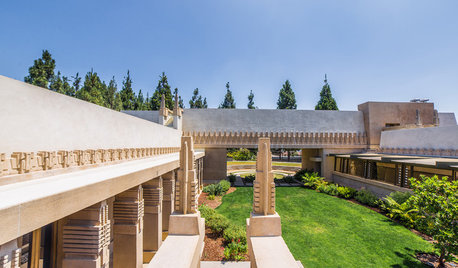
HOUZZ TVFly With a Drone Over Frank Lloyd Wright's Hollyhock House
Join us as we take a mesmerizing flight through and over Frank Lloyd Wright’s Hollyhock House
Full Story
MOST POPULAR13 Upgrades to Make Over Your Outdoor Grill Area
Kick back on your patio or deck with a grill that focuses on fun as much as function
Full Story





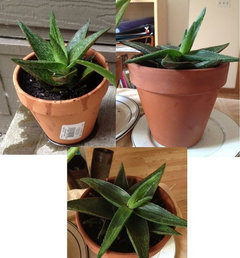

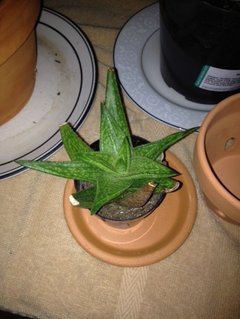



cactusmcharris, interior BC Z4/5